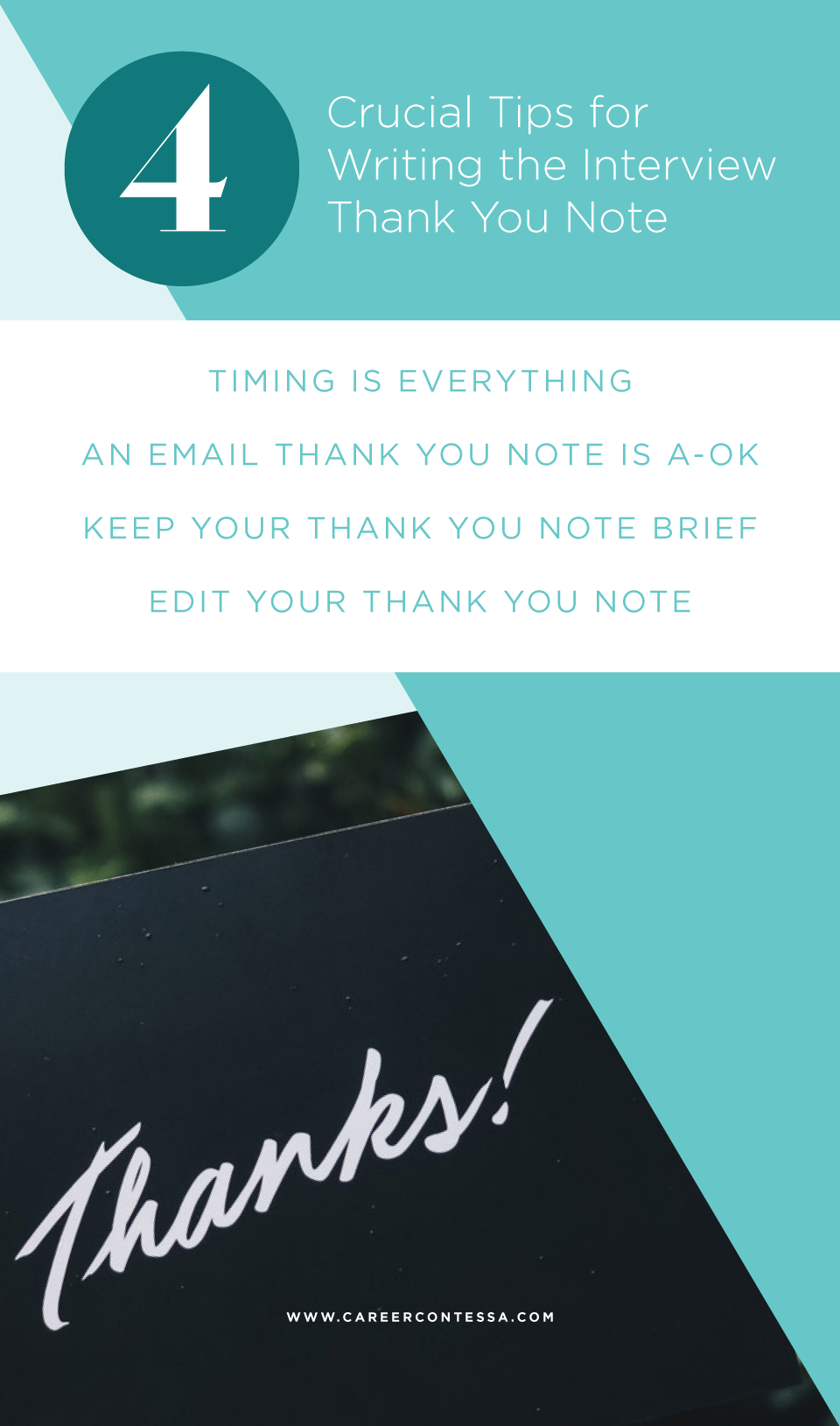#BestofFSCBlog : How To Write A Killer Cover Letter: 6 Fresh Strategies For The New Normal. A MUst REAd!
@With 28 million Americans receiving some form of unemployment compensation right now, job seekers are facing a difficult economic climate. It appears the $1200 stimulus check isn’t going to materialize in the immediate future, and only three states have agreed to $400 in extra unemployment benefits. So, if. you are out of work in Montana, Kentucky or West Virginia: Congratulations. You’re getting some good news that most Americans won’t receive. Meanwhile, the need to find meaningful work has never been greater.
That’s why it’s crucial to concentrate on a killer cover letter. Some may say that a cover letter is a thing of the past – because your resumé speaks for itself. But the fact is, your resumé can’t talk, or write, and your LinkedIn profile is never the whole story. That’s why it’s a good idea for you to get going on the number one tool you need in the new normal: a killer cover letter.
1- Cut the Cake – my writing coach turned me on to the work of Jack Grapes. His book, Method Writing, talks about how you have to cut out the “birthday cake” if you want your message to be clear. In Grapes’ world of words, “birthday cake” is the extra stuff you don’t need in any sentence or phrase. Are you ready to skip dessert?
Look at all the adjectives and extras you’ve got in your cover letter: “As a dedicated self-starter, I know I can handle multitasking while staying professional.” What happens if you cut out the birthday cake at the front and the back? It’s counter-intuitive, but sometimes what you leave out actually makes your writing stronger, not weaker. Because the simplest message is the strongest: “I know I can handle multi-tasking. And here’s why….”
Like this Article? Share It! You now can easily enjoy/follow/share Today our Award-Winning Articles/Blogs with Now Over 2.5 Million Growing Participates Worldwide in our various Social Media formats below:
LinkedIn: https://www.linkedin.com/in/chris-g-laughter-b46389198/
Twitter: Follow us @ firstsunllc
Best Daily Choice: Follow the Best of FSC Career Articles/Blogs @
https://twitter.com/search?q=bestoffscblog&src=typeahead_click
Question: Want the ‘the best/current articles/blogs on the web’ on Job Search, Resume, Advancing/Changing your Career, or simply Managing People?
Answer: Simply go to our FSC Career Blog below & Type(#Jobsearch, #Resume, or #Networking) in Blog Search: https://www.firstsun.com/fsc-career-blog/
What Skill Sets Do You have to be ‘Sharpened’ ?
Article continued …
2- But Don’t Stop with Why – does your cover letter contain the word “because”? This critical word can transform a sentence from the commonplace into the compelling. Example: “As a manager, it was my job to know everything about the restaurant, from health code violations to the ingredients of all the dishes.” Add a dash of because – does it get a little tastier? “Because I had to handle everything from health code violations to the ingredients of all the dishes, I understand the importance of delivering on the details.
Because of my work with 30 or more employees on any given night, I learned how to communicate across generations. It’s because of this experience that I know I can help you in the following ways…” Don’t stop with why – it’s not enough. Not only is “because” the classic answer to any “why” question. That single word can transform your story from a first-person history lesson into a powerful way to create service, value and impact.
3- Two for the Show – can you find an opportunity in your cover letter to include the words, “so that…”? These two words, like the word “because”, will help you to see the most valuable aspect of your cover letter (and the aspect that most amateurs dismiss): it ain’t all about you.
Your experience enables you to be of service, so that you can create impact for your future employer. Ask yourself, is your cover letter about the past, or about your potential? Two small words – so that – can point you in the direction of powerful service, possibility and opportunity. “I’ve studied finance so that I can create market analysis at a deeper level…” “I became a counselor so that I could help troubled teens get back into school…” I wrote those examples so that you would see what I’m saying…did it work?
4- Be That Thing – there are skills that your employer desires. Skills that perhaps you have developed in the restaurant industry. Or in retail. Travel. Tourism. Or some other market that has been punished in the coronavirus economy. Look beyond your title and see your skills. What is that thing – that one thing – that you can deliver? What’s that one thing that your employer wants and needs?
Take off the label (the job title) and you’ll see the thing that really matters. Write down a list of your skills – your talents. Write out a list of characteristics that your employer wants. See any synergies? These high-level skills transcend your role or your previous company. Can you tell a story around that thing – that high-level skill that everyone wants and needs? If you can, you’re on track to transition into a new role (and maybe even a new industry). For more ideas, you might want to discover how to tell a one-word story.
5- Seek to Serve – so many cover letters are written in the first person: I, me, my. Or, by extension, first person plural: we, us, our. A first person history isn’t compelling, it’s commonplace. “I did this, I did that, I bragged and I noticed you just fell asleep.” Top cover letters contain some verbal jujitsu that changes the conversation. What happens if you make the second person first? Second person, of course, is you. I’m not talking about you, dear reader. I mean the you that’s right in front of you: your potential hiring manager.
How does your cover letter focus on their needs? Here’s a quick example that combines several of the elements I’ve shared so far: “It’s because of my experience in one of Manhattan’s busiest restaurants that I understand the importance of follow-through. In managing a team of 30 and serving over 900 plates a night, I understand service, commitment and persistence. It’s because of my experience I can bring that kind of clarity to the contact tracing team, and to your organization – no matter how many deadlines I have to face.” Do you see the shift to second person?
6 From Conviction to Connection – does your cover letter reveal your passion, values and convictions? I’m not talking about declaring your religious beliefs or explaining how much you love your family. I’m talking about the professional skills that matter most to you. Skills like perseverance, creativity, innovation and communication. Knowing who you are is useful, but connecting your convictions to your career is priceless. That’s the place where work doesn’t feel like work anymore.
When conviction connects, your career is merely an extension of your values. Your identity. Your unique talents and abilities. When what you care about most becomes what you do on a daily basis, you’ve discovered a role that isn’t really work. It’s an opportunity for you to express who you are – and serve at the highest possible level. Does that sound impossible right now? Read on, MacDuff.
Today, we’re faced with the toughest job market in anyone’s lifetime. It’s easy to get discouraged, falling into the mindset that your convictions can’t be a career. That choices don’t exist for you. But, I ask you: Is that true? I don’t mean, true like ‘do you believe it’? I mean true, as in the law of gravity or the fact that water boils at 100 degrees centigrade?
What’s true is that opportunities are all around us, even in a punishing economy. Those opportunities belong to those who can pivot and reinvent in the new normal. There’s never just one job that you can do, no matter who you are. You have capabilities and skills that are untapped.
Because that’s how we are wired as human beings: resilience and reinvention are built into the system, like five fingers on a hand. We all have the ability to change, even though we may not always want to. Why not start small – with transforming your cover letter, and getting clear about the solutions you can provide?
Author: Careers
Forbes.com | August 22, 2020
















